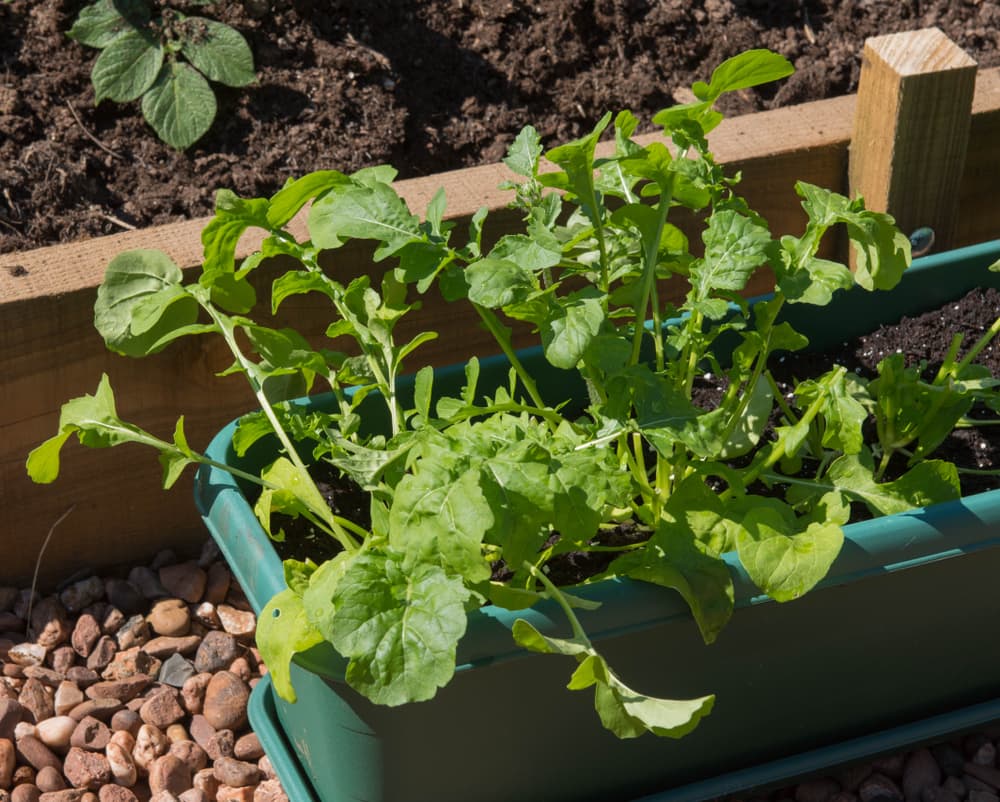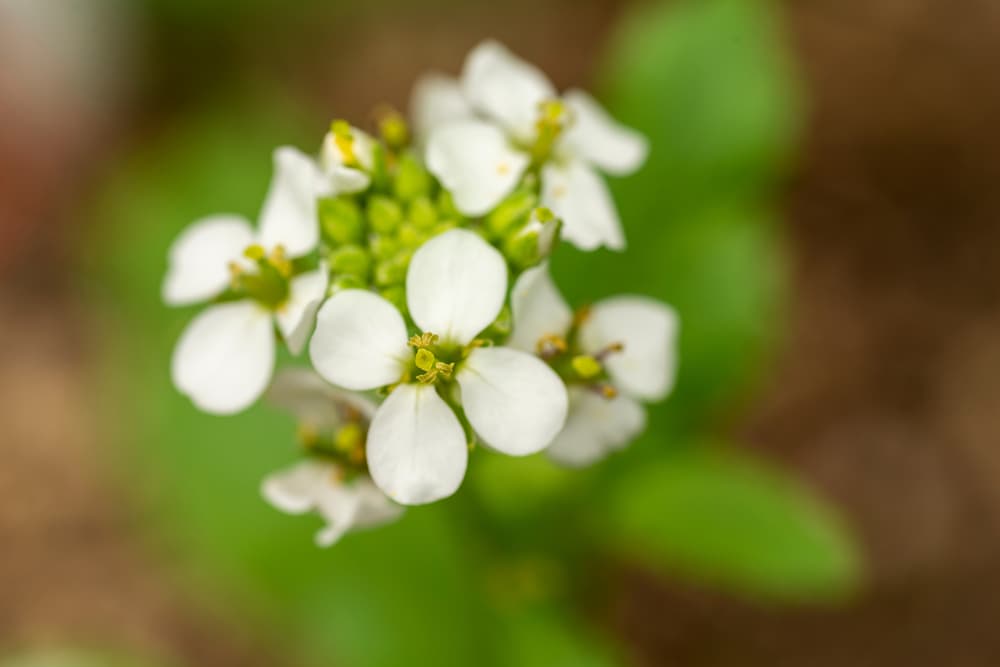8 Salad And Wild Rocket (Arugula) Varieties: From The Garden To The Kitchen

VEGETABLES > ROCKET > VARIETIES
Reviewed By COLIN SKELLY

Colin is a Horticulturist and Horticultural Consultant with experience in a range of practical and managerial roles across heritage, commercial and public horticulture. He holds the Royal Horticultural Society’s Master of Horticulture award and has a particular interest in horticultural ecology and naturalistic planting for habitat and climate resilience.
IN THIS GUIDE
ROCKET GUIDES
Varieties
Over the past decade or so Rocket has – for want of a better term – ‘rocketed’ in popularity in the United Kingdom, and keeping pace with the demand, an increasing number of cultivars have come on the market.
These differ not only in their sharpness and pungency but even in their respective flavours.
As a result the general rule of Wild Rocket being sharper and more peppery than Salad Rocket no longer holds true because one or two cultivars of Wild Rocket have fairly smooth, mild flavours while a few varieties of Salad Rocket are rather spicy and zingy.

Varieties of both Rockets grow from 25-80cm high.
One general rule that does hold true is that for any given variety, the younger and smaller the leaf and the earlier the harvest, the more tender the leaf and its texture and the sharper but ‘lighter’ and more subtle the flavour.
The later the harvest and the more mature and bigger the leaf, the rougher the texture of the leaf and the more pungent and more developed but also the ‘heavier’ its flavour.
1) Salad / Garden Rocket

Has bright, light green leaves that are gently scalloped.
They are also ‘gently’ peppery with a mild spiciness or tartness.
Flavour-wise they are not intense but pleasant, but they must be used relatively fresh otherwise they lose their pleasant pepperiness and develop a harsh taste and texture.
“Salad Rocket remains my favourite of all the cultivars I have tried because I am not a fan of super-peppery Rocket,” shares Master Horticulturist Colin Skelly.
“Eat when picked fresh, as it does not keep well and loses its kick fast.”
2) Wild Rocket

The dark green leaves are very deeply parted and serrated.
In taste they are peppery and pungent in addition to which they also have a spicy aroma.
Flavour-wise this natural variety’s leaves have a tingling intensity, and cut leaves retain their freshness and sharpness for longer than those of Salad Rocket.
3) Salad Rocket ‘Uber’

Has heavily- and sharply-parted mature leaves that are closer to those of Wild Rocket than to Salad Rocket.
Their medium greyish-green colour too is unlike that of Salad Rocket.
But in taste they are not very far from Wild Rocket, as Salad Rocket ‘Uber’ has a mild and refined flavour.
4) Salad Rocket ‘Esmee’

Has bluish-green leaves which are heavily parted and sharply serrated.
In view of ‘Esmee’ Organic’s ‘medium’ sharpness and its balance, it is perhaps the best variety for inclusion of raw leaves in salads, whether comparing fresh young leaves or mature leaves to the equivalent of other varieties.
5) Salad Rocket ‘Pronto’
Has bright, almost shiny, green leaves that are moderately parted.
The leaves are distinctly peppery and their sharpness or pungency falls squarely between Salad Rocket and Wild Rocket.
All three properties, flavour, colour, and shape of the leaves makes ‘Pronto’ especially attractive for salads.
6) Wild Rocket ‘Olive Leaf’

A remarkable outlier in the Wild Rocket family.
Neither its leaves nor its flavour are anything like those of Wild Rocket!
But ‘Olive Leaf’ is indeed a member of that family because it is a perennial but its slightly-scalloped light, bright green leaves are closer to those of Salad Rocket.
The aromatic leaves’ flavour is peppery yet nuanced.
7) Wild Rocket ‘Giove’
Has narrow, parted, and serrated leaves of a deep, medium-green shade.
Going against ‘family principles,’ in taste ‘Giove’ ranks among the subtlest, having the mildest of pepperiness.
In fact, it has a proper leafy-green taste and texture, with a hint of sweetness.
Great for light salads.
8) Wild Rocket ‘Wasabi’

Has brilliant emerald green leaves that are narrow and serrated but not parted.
In taste ‘Wasabi’ is actually very much like its namesake, being not only peppery but having an intense pungency.
It can be used as a substitute for Wasabi in Japanese cooking.

